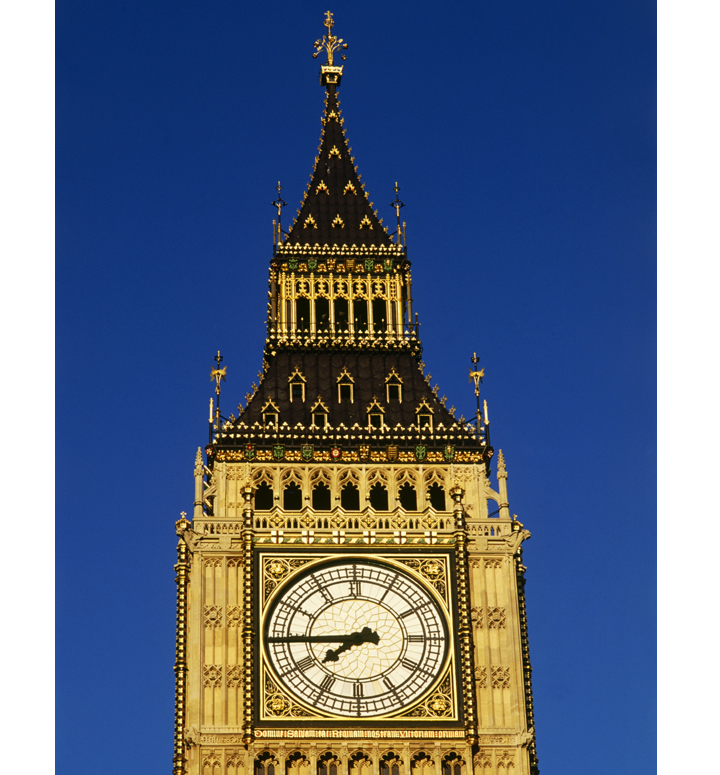3 Houses of Parliament (Palace of Westminster)
The home of the Mother of Parliaments, and a masterpiece of Victorian Gothic, has over 1,000 rooms and the world’s most famous clock tower.

The home of the Mother of Parliaments, and a masterpiece of Victorian Gothic, has over 1,000 rooms and the world’s most famous clock tower.

The Houses of Parliament, seat of British government, date back to 1087, when William the Conqueror’s son built his Palace of Westminster on this site. It evolved into a parliament around the mid-13th century and continued to be used as a royal palace until 1512, when Henry VIII moved his court to Whitehall. In 1834 a disastrous fire burned everything above ground (with the exception of Westminster Hall, the cloisters and the Jewel Tower), and so construction began of the building that you see today. The principal architect was Charles Barry, though the flamboyant Gothic decorative touches are the work of his assistant, Augustus Pugin. By 1860, some 20 years later than planned and around £1.4 million over budget, it was virtually complete. The best-known part of the Houses is the clock tower, referred to as Big Ben – though to be precise this is the name of the great 13-ton bell that chimes every hour. After dark a light above the clock face indicates when Parliament is ‘sitting’ (when it is in session).

The modern Houses of Parliament divide principally into two debating chambers. The House of Commons consists of Members of Parliament (MPs), the elected representatives of the British people. Their functions are legislation and (as opposition) government scrutiny. The House of Lords is a body of unelected peers who examine proposed legislation from the Commons and also act as the highest Appeal Court in the land.

 Map Reference 12D
Map Reference 12D  Cromwell Green, St Margaret Street
Cromwell Green, St Margaret Street  Information Office 020 7219 3000 (Commons), 020 7219 ,3107 (Lords)
Information Office 020 7219 3000 (Commons), 020 7219 ,3107 (Lords)  The public may attend debates when the Houses are sitting
The public may attend debates when the Houses are sitting  Free; summer tours expensive
Free; summer tours expensive  Westminster
Westminster  3, 11, 12, 24, 53, 87, 88, 148, 159, 211, 453
3, 11, 12, 24, 53, 87, 88, 148, 159, 211, 453  Waterloo
Waterloo